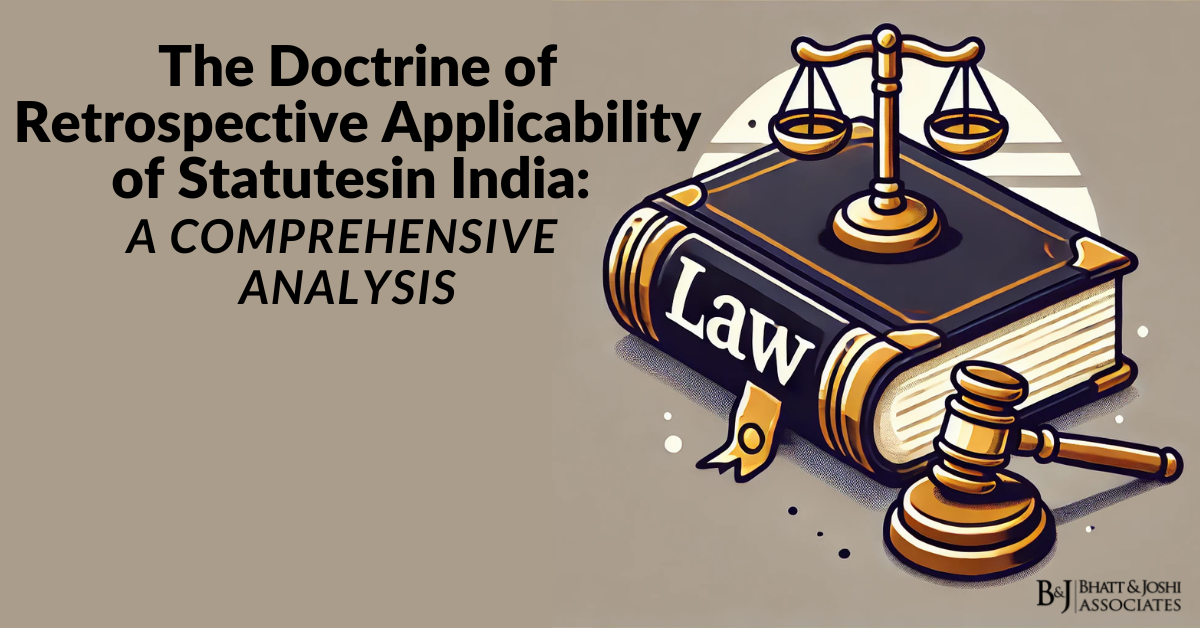Introduction
In the dynamic landscape of investment, the transition from physical assets to electronic formats has become imperative, exemplified by the dematerialization of shares. This process, while streamlining transactions and enhancing liquidity, often encounters procedural complexities that necessitate careful navigation. This discourse elucidates the procedural intricacies inherent in the Share Dematerialization, shedding light on potential challenges and offering pragmatic solutions.
Evolution of Share Dematerialization
Traditionally, physical shares symbolized tangible investments, offering a sense of security amidst market fluctuations. However, evolving regulatory frameworks and technological advancements have propelled the shift towards electronic formats. Dematerialization, characterized by the conversion of physical shares into electronic form, underscores the modernization of investment practices, fostering efficiency and transparency.
Understanding the Dematerialization Process of Shares
The dematerialization process entails a series of steps, beginning with the opening of a demat account with a depository participant (DP) and culminating in the surrender of physical share certificates for conversion. While this procedure appears straightforward, several nuances warrant meticulous attention, particularly in scenarios involving joint shareholding arrangements.
Procedural Challenges and Solutions
-
Joint Shareholding Dynamics:
-
-
- Ambiguities between R&T Agent and DP: In instances where joint holders seek dematerialization, complexities may arise due to discrepancies between the R&T Agent and DP. Clients are advised to ascertain if the company’s shares have a Depository Participant segment or if the R&T Agent functions as a DP. If not, opening a demat account with an alternative DP becomes necessary to mitigate ambiguities.
- Sequencing in Joint Demat Accounts: Notably, the sequence of joint holders’ names in demat accounts must mirror that on physical share certificates to avoid transposition complications. Transposition forms may be required if misalignment occurs, necessitating meticulous adherence to sequencing protocols.
-
-
Transmission in Case of Deceased Shareholders:
-
-
- Dealing with Deceased Shareholders: In scenarios involving deceased joint holders, surviving shareholders must navigate transmission procedures to effectuate dematerialization. Options include applying for deletion of the deceased member’s name through a Transmission Form or transmitting shares to surviving shareholders via the R&T Agent before initiating dematerialization.
-
-
KYC Compliance and Signature Matching:
-
- KYC Updates: Ensuring updated KYC with the R&T Agent is paramount to prevent signature mismatches and application rejections during dematerialization. Clients must synchronize KYC details to align with the dematerialization timeline, minimizing procedural hurdles.
Conclusion: Embracing the Benefits of Share Dematerialization
The journey towards Dematerialization of shares epitomizes the convergence of tradition and technology, heralding a new era of investment efficiency. However, navigating procedural intricacies inherent in dematerialization demands astute diligence and meticulous adherence to regulatory protocols. By proactively addressing joint shareholding dynamics, transmission procedures, and KYC compliance, investors can surmount procedural challenges and embrace the benefits of electronic shareholding with confidence.














